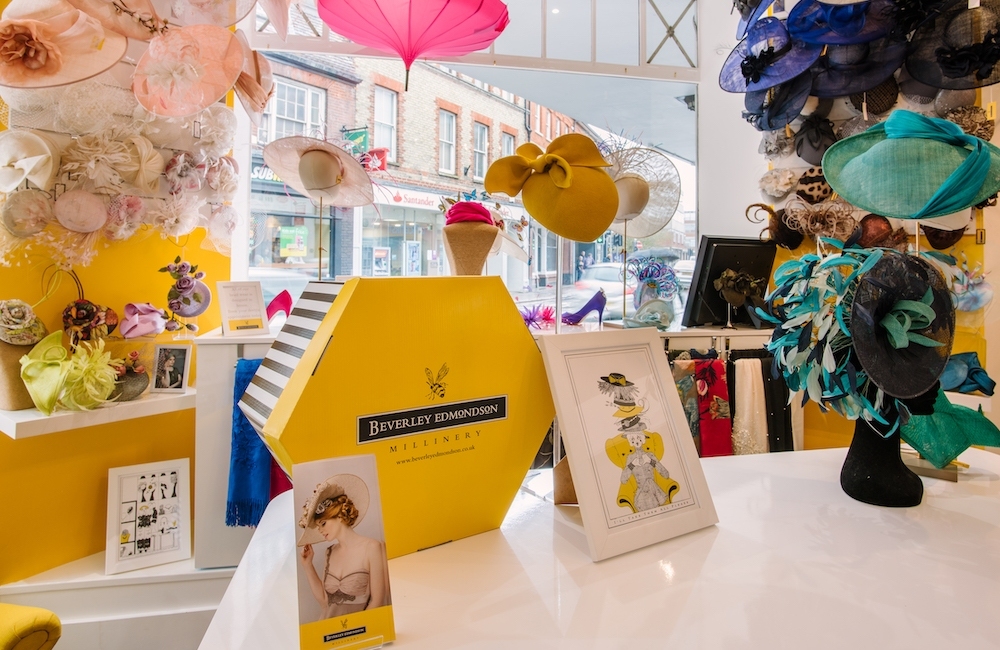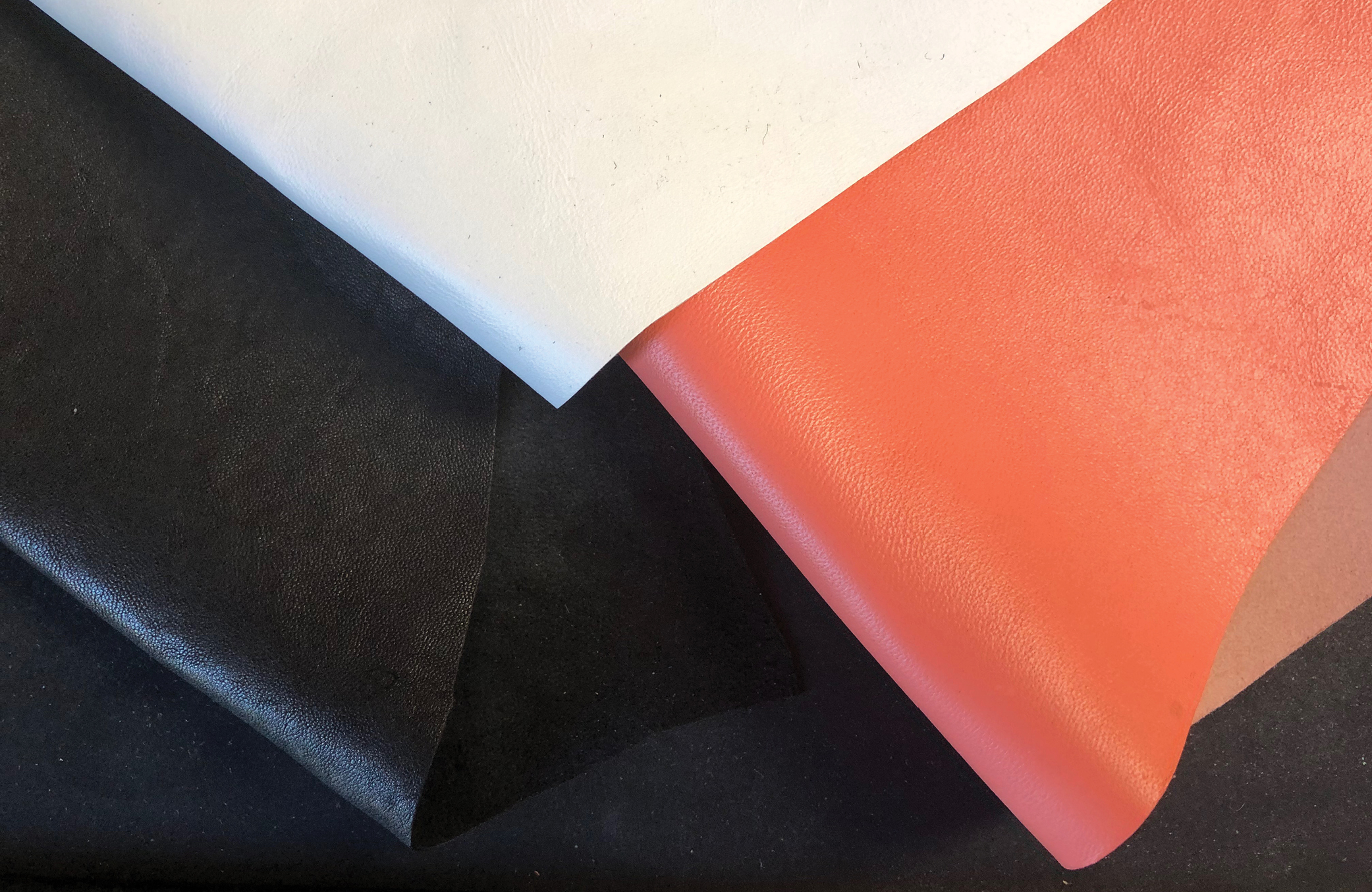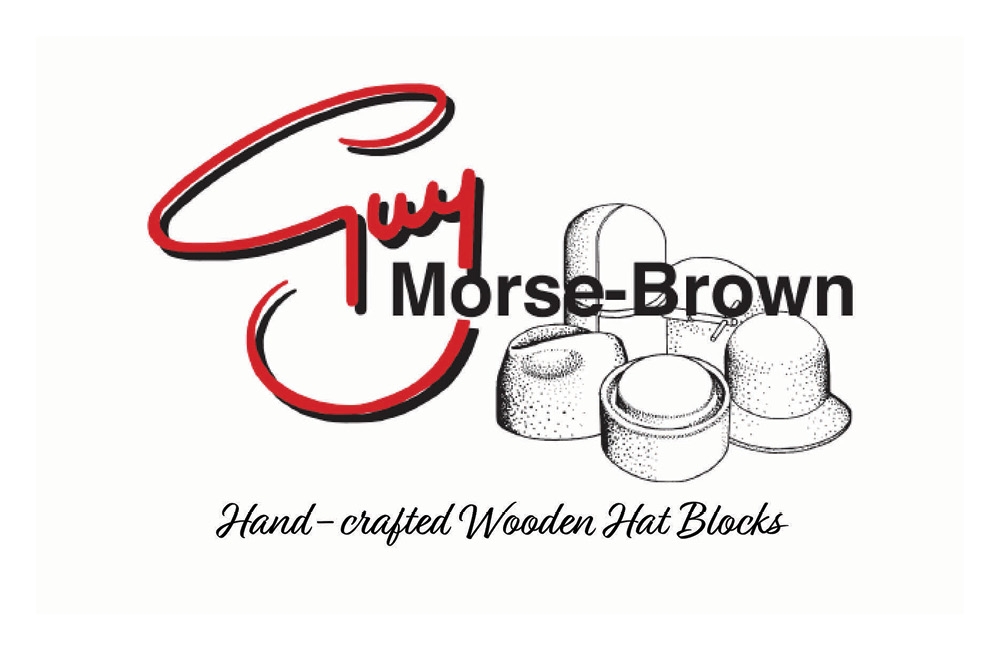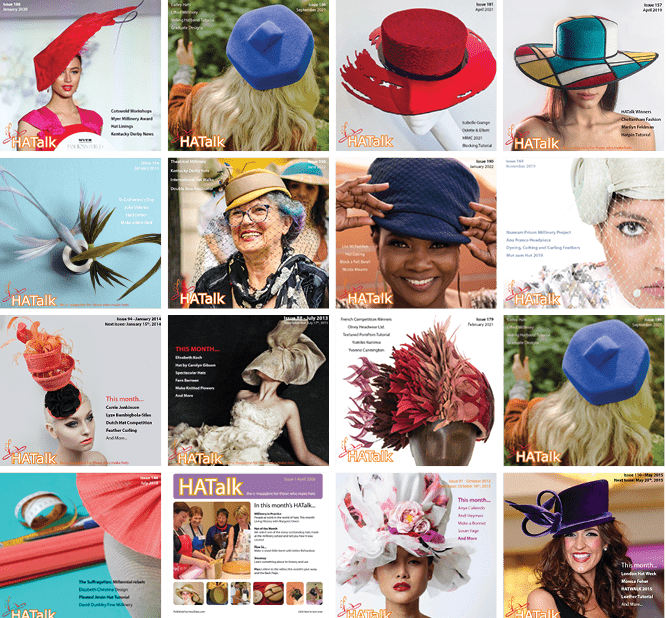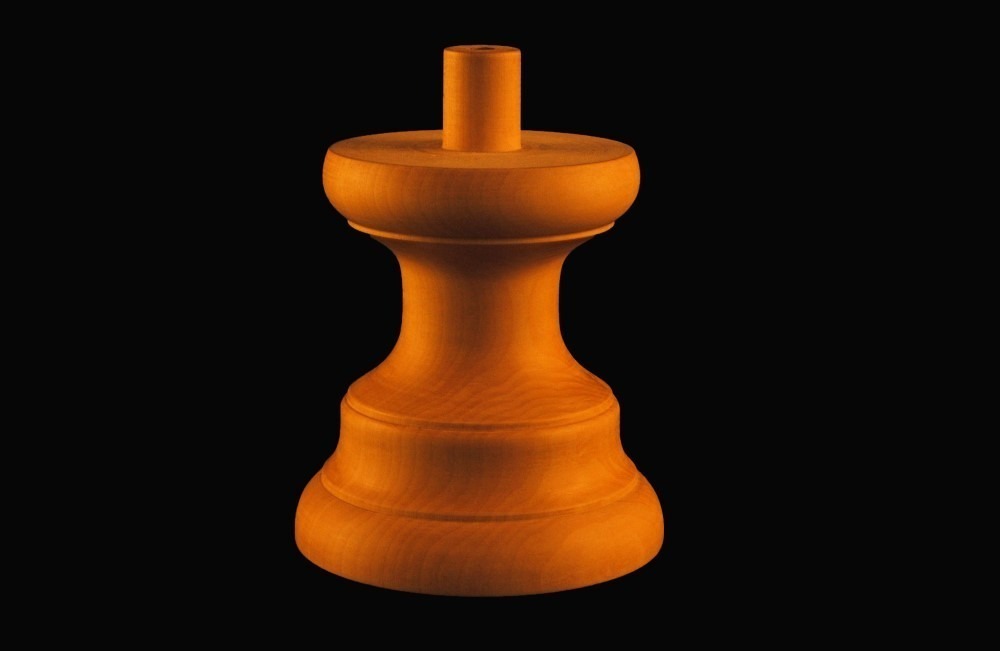Blog / An Introduction to Five Natural Millinery Materials
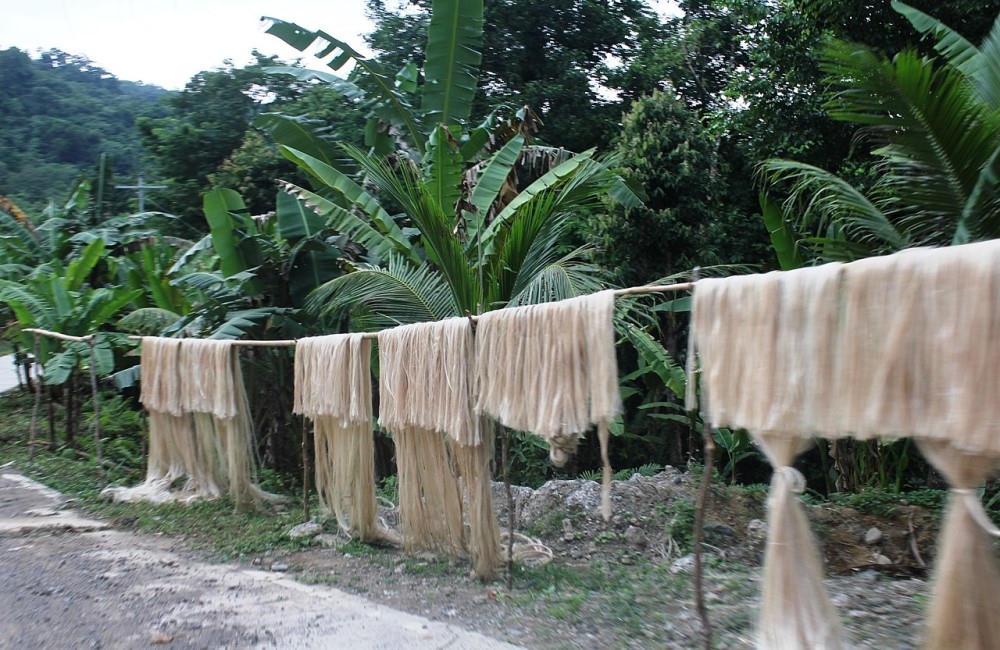
An Introduction to Five Natural Millinery Materials
Foundational Millinery Materials
Millinery suppliers offer a broad range of foundation materials that can be used for blocking and building hats. But what to use? What are these millinery materials and where do they come from? When and how should they be used? There are so many choices!
Let’s break things down and start with five natural fibers and foundations which are used to create some of the most popular millinery materials. These fibers are often woven with other natural or synthetic materials to create fabrics for blocking, so you may see these terms in a variety of formats.
Abaca
Abaca is a straw with high strength and durability. It is woven from processed stalks of the abaca tree (pictured above), a banana palm tree native to the Philippines. It is a natural material, so it holds dye well. Abaca is used to make popular millinery materials like sinamay and silk abaca.
Buntal
Buntal is made from the leaf stalks of the Talipot or Buri palm, native to the Philippines. It resembles fine smooth white bamboo. When woven, buntal has a geometric and polished finish. You will find buntal woven into sculptural millinery materials like jinsin.
Sisal
Sisal is stiff fiber harvested from a species of Agave, a perennial succulent. It is harvested from the leaves and can be woven into a finer class of straw called parisisal.
Felt
Felt is made from animal fur or sheep wool. It is produced by matting natural fibers together with moisture and friction. This makes felt a great material for blocking and draping, as it naturally molds easily into any shape.
Leather
Leathers used in millinery can come from a variety of animal hides. The most common are lambskin, cow and fish. Durable and flexible, leather is usually blocked over a supporting material or used for making flowers.
This is just a quick overview to help you understand where some of the most common natural millinery materials come from. Whew, it seems like a lot! But the more you know about your materials, the better decisions you will make about what to use for particular hat styles. There are lots of different varieties and combinations of these materials, and there are also many synthetic hat making materials on the market as well. Check out my other posts to learn more about the variety of millinery materials based on these fabrics and some of the synthetic options available.
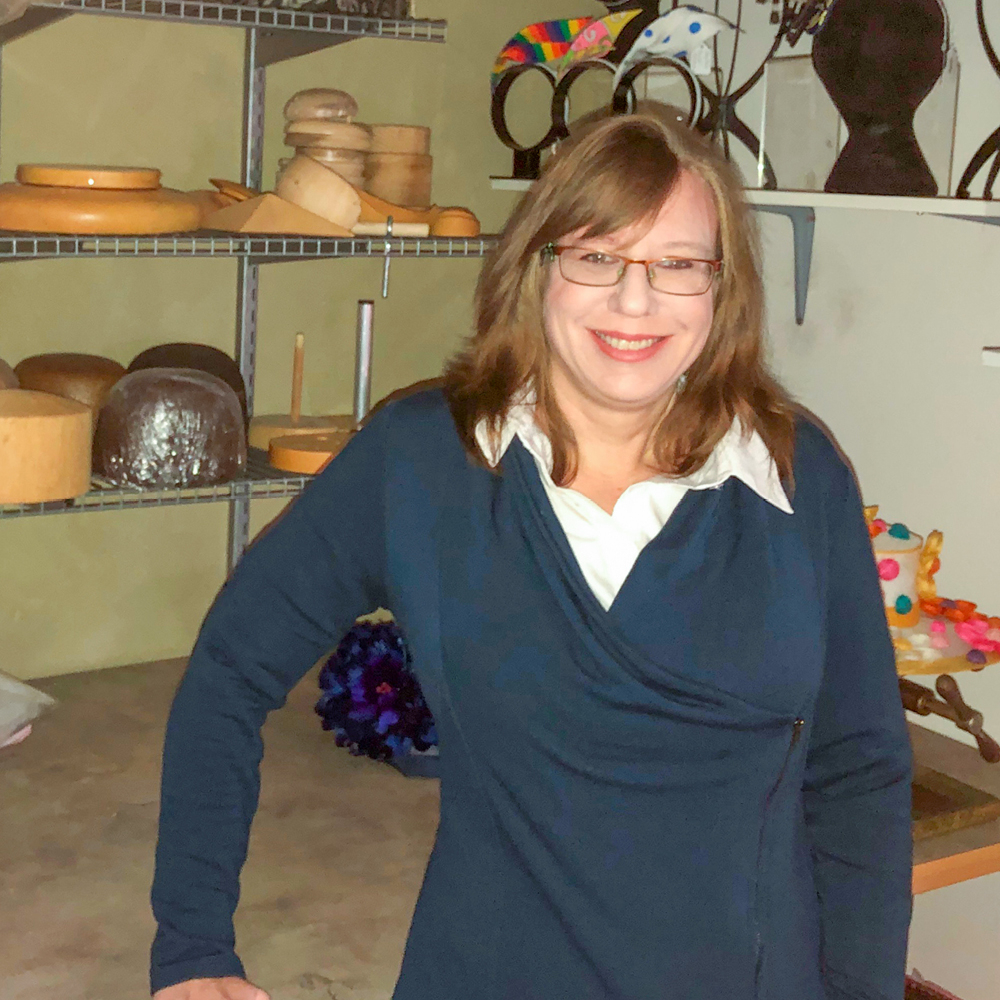
About the Author
Amy Fowler is the creator of the bespoke, California-based Millinery by Amy Fowler label. She also runs Humboldt Haberdashery, an online millinery supplier.
See Amy’s full bio HERE.
Popular Articles
Latest e-Magazine
Featured Supplier

An Introduction to Five Natural Millinery Materials
Foundational Millinery Materials
Millinery suppliers offer a broad range of foundation materials that can be used for blocking and building hats. But what to use? What are these millinery materials and where do they come from? When and how should they be used? There are so many choices!
Let’s break things down and start with five natural fibers and foundations which are used to create some of the most popular millinery materials. These fibers are often woven with other natural or synthetic materials to create fabrics for blocking, so you may see these terms in a variety of formats.
Abaca
Abaca is a straw with high strength and durability. It is woven from processed stalks of the abaca tree (pictured above), a banana palm tree native to the Philippines. It is a natural material, so it holds dye well. Abaca is used to make popular millinery materials like sinamay and silk abaca.
Buntal
Buntal is made from the leaf stalks of the Talipot or Buri palm, native to the Philippines. It resembles fine smooth white bamboo. When woven, buntal has a geometric and polished finish. You will find buntal woven into sculptural millinery materials like jinsin.
Sisal
Sisal is stiff fiber harvested from a species of Agave, a perennial succulent. It is harvested from the leaves and can be woven into a finer class of straw called parisisal.
Felt
Felt is made from animal fur or sheep wool. It is produced by matting natural fibers together with moisture and friction. This makes felt a great material for blocking and draping, as it naturally molds easily into any shape.
Leather
Leathers used in millinery can come from a variety of animal hides. The most common are lambskin, cow and fish. Durable and flexible, leather is usually blocked over a supporting material or used for making flowers.
This is just a quick overview to help you understand where some of the most common natural millinery materials come from. Whew, it seems like a lot! But the more you know about your materials, the better decisions you will make about what to use for particular hat styles. There are lots of different varieties and combinations of these materials, and there are also many synthetic hat making materials on the market as well. Check out my other posts to learn more about the variety of millinery materials based on these fabrics and some of the synthetic options available.

About the Author
Amy Fowler is the creator of the bespoke, California-based Millinery by Amy Fowler label. She also runs Humboldt Haberdashery, an online millinery supplier.
See Amy’s full bio HERE.

